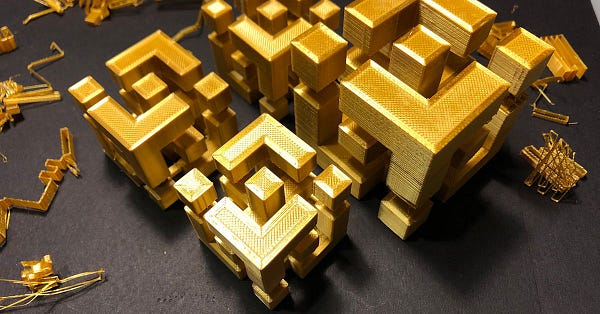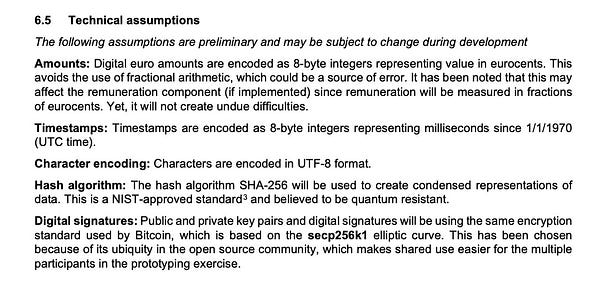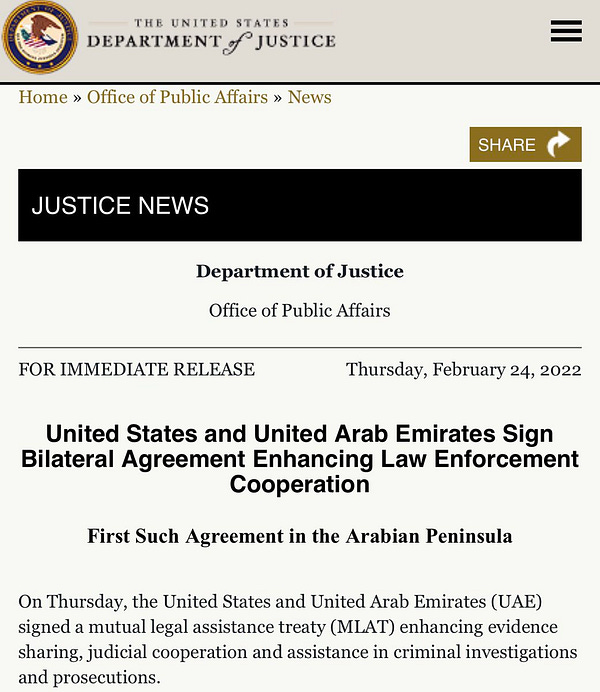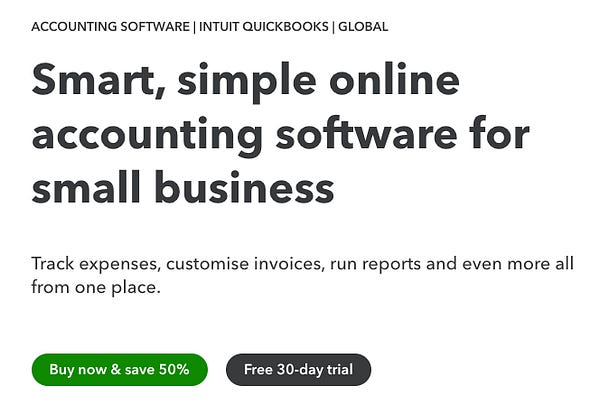Riding The Wave News Summary 103
Where did the money go in FTX crypto collapse?, Binance CEO says deposits are ‘coming back in’ but sees ‘bumpy’ road ahead for the crypto firm, & more.
Welcome to Riding The Wave. If you have questions or feedback, please reply to this email. If you are new to the Newsletter, please check out what we provide on our about page and consider subscribing. Within the Newsletter, I provide News Summaries, Weekly Status Updates, & Deep Dive Articles on Specific Topics (Ex: How do I pick which coins/tokens to buy?). More details here
News
Table of Contents
Tweets
Binance CEO says deposits are ‘coming back in’ but sees ‘bumpy’ road ahead for the crypto firm
White House silent on whether it will return $5.2M in donations from SBF
Tweets
























Where did the money go in FTX crypto collapse?
The collapse of FTX, a cryptocurrency exchange once valued at $32 billion — and founder Sam Bankman-Fried's arrest Monday on a number of charges alleging he defrauded his investors — have prompted many to ask simply – where did the money go?
Current FTX CEO John J. Ray III, a corporate restructuring expert who handled the restructuring of bankrupt energy trader Enron, appeared before the House Financial Services Committee Tuesday. He told lawmakers they're still in a "very preliminary stage" in their investigation, but it's evident Bankman-Fried and his colleagues were "grossly inexperienced and unsophisticated". Ray indicated that customers and investors who put their money into FTX and its affiliates shouldn't hold out hope for a full recovery, saying: "We will never get all these assets back."
Reports say Alameda improperly received billions of dollars in FTX customers' funds and leveraged those funds to make risky investments that didn't pan out and led to the failure of both the hedge fund and FTX when the firms were unable to repay their lenders. Notably, BlockFi filed a lawsuit against a holding company associated with Bankman-Fried that defaulted on a promise to repay Alameda's debts with shares in Robinhood Markets before the firms entered bankruptcy.
The Alameda silo contained cryptocurrencies, crypto ETFs, other digital assets, and treasuries. Alameda also made a number of venture investments of its own into crypto miner Genesis Digital Assets; Modulo Capital; Pionic (Toss); and others.
Aside from holding the FTX exchange and a number of subsidiaries located in non-U.S. jurisdictions, this silo contained a number of real estate assets. Bankman-Fried and others associated with FTX have been accused of improperly buying homes and personal items in the Bahamas using corporate funds.
Ray has noted in bankruptcy filings that "there does not appear to be documentation for certain of these transactions as loans, and that certain real estate was recorded in the personal name of these employees and advisors on the records of the Bahamas."
Binance CEO says deposits are ‘coming back in’ but sees ‘bumpy’ road ahead for the crypto firm
His comments come after Binance temporarily halted withdrawals of the USDC stablecoin on Tuesday, while it carried out a “token swap.” Zhao said Binance had seen an increase in USDC withdrawals. The pausing of withdrawals was due to the fact that some currency swaps had to be routed through an unspecified bank in New York that wasn’t open, according to Zhao. Binance resumed withdrawals after about eight hours downtime.
The episode left investors on edge, particularly after the collapse of crypto exchange FTX and subsequent arrest of its founder Sam Bankman-Fried, who is facing federal criminal charges.
“I would say that you’re definitely seeing larger than normal withdrawals from Binance. And so it is definitely worth keeping an eye on but as far as I can tell at this point in time, this is very different from the FTX situation,” Svanevik told CNBC’s “Capital Connection” on Wednesday.
Svanevik noted that Binance has around $60 billion worth of assets on its exchange, of which the withdrawals represent a small proportion.
Investors have called for more transparency from Binance’s business. Last month, the company issued a proof of reserve in which it claims to have a reserve ratio of 101%. That means it has enough assets to cover customer deposits.
But critics have said that the proof of reserves has not gone far enough to give assurances of Binance’s collateral. Mazars, the auditing firm Binance used for its proof of reserves, said in its five-page November report that the company does “not express an opinion or an assurance conclusion.”
If you are holding crypto and aren’t planning to sell an asset you are holding on an exchange, there’s no downside to setting up your own wallet and moving the assets there (as long as you safely save the password and seed phrase). This way it protects you from any exchanges that may not be insured in the case of bankruptcy.
White House silent on whether it will return $5.2M in donations from SBF
Keep reading with a 7-day free trial
Subscribe to Riding The Wave to keep reading this post and get 7 days of free access to the full post archives.













